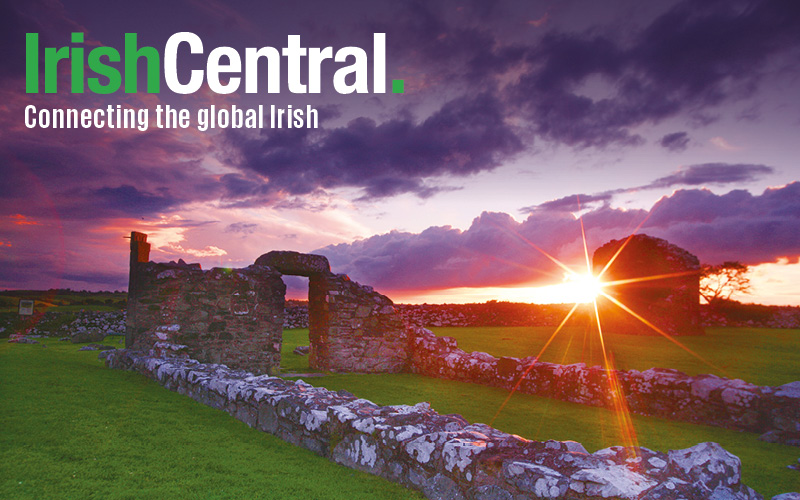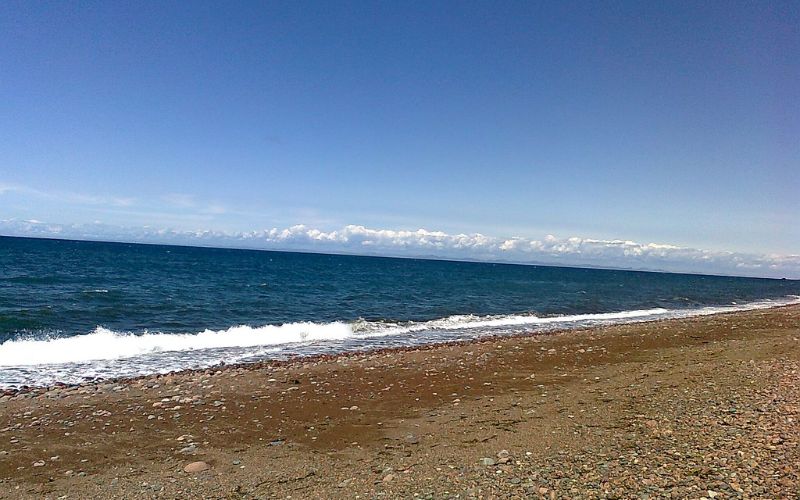DUBLIN- When Nawal, 54, attended a health seminar in Dublin with two other Muslim friends recently, the people stared at their hijabs and seemed to wonder what they were doing there. Nawal, originally from Sudan, has a PhD in Food Science and has lived in Ireland for 25 years. Still, she recalled feeling like an unwelcome outsider.
Over the six-week seminar, however, she made a special effort to interact with the group and contribute during discussions. Towards the end, she felt a “360 degree change.” The people had warmed up to her and her friends so much, that for a party, they ordered Halal food especially for them.
“Everyone became really friendly,” she said. “They realized that we were educated women with opinions.”
Even with her Irish passport and professional degrees, Nawal, who preferred using a first name, is conscious of appearing like a refugee whenever she leaves her home. She is wary of being written off as a mute, or even worse, regressive element of society.
Her sentiments are shared by a number of Muslim women in Ireland, who are struggling to eliminate the popular perception of the “oppressed Muslim woman.” They are doing so by encouraging one another to get out from their homes, help neighbors, mix with people, engage in commerce and education, and be productive members of the Irish society. Their slogan, “integrate, not assimilate,” suggests that all this can be achieved while preserving their Islamic values.
Islam is currently Ireland’s third largest faith, after Catholicism and Protestantism. There are approximately 32,500 Muslims in the country, of which 19,300 are female, according to the 2006 census. Other estimates say the total Muslim population is most likely much higher — around 40,000. Over half of the population claims either Asian or African nationality, while just 30 percent are Irish.
The first traces of the Irish Muslim community date back to the 1950s. But the population did not increase substantially until the 1990s, when many immigrants arrived due to economic prospects. Between 2002 and 2006 alone, the population increased by 70 percent. There are now 34 mosques across the country, as well as several cultural centers.
In stark contrast to its neighbor, the United Kingdom, with its well-established community of 2.4 million Muslims and hundreds of mosques, the Irish Muslim population is relatively new and has a long way to go in terms of its visibility, said Somaya Kenna, Women’s Coordinator at the Islamic Cultural Center of Ireland in Clonskeagh, Dublin.
Still, stereotypical impressions persist here too. The female population in particular has struggled to carve its own niche on the one hand, and integrate itself into the Irish community on the other.
Kenna, who converted to Islam from Catholicism when she was only 17, believes that there are diverse cultures in Islam, some who wish to integrate, while others loathe the very idea of integration.
“Some Muslim women restrict themselves,” Kenna said. “I want to tell them that it’s not all about ‘I’ve got five kids.’ Okay, bless you, but what else. Cleaning? Cooking? There’s a lot more that can be done.”
Kenna, whose Catholic name was Elizabeth, became a Muslim as a result of a classroom discussion on non-Catholic religions. Her instructor spoke of Islam so venomously, that she felt compelled to visit a mosque for answers. She soon converted, but hid it from her parents for two years for fear of being thrown out of the house. Upon finding out, her mother said to her, “I am very disappointed. However, you are my daughter and I do love you.” That was the first time she had ever heard her mother tell her she loved her, which strengthened her faith in her new religion.
Her parents did, however, take her to a priest, who warned her that she was leaving the way of God. He said he would wait for her to come back to Catholicism, and even asked if she had on his death bed.
She hadn’t. Now, her life is dedicated to educating the Irish community about Muslims and vice versa. At the Islamic Cultural Center, she helps arrange workshops for newly arrived Muslim immigrants, and even organized an iftar, or breaking of the fast in the month of Ramadhan, for non-Muslims so they could share in a special Islamic moment.
“If I could tell Muslim women one thing, it would be: go out and be active!” she said. “When you get out, you’re identifiable, and when you’re active, people see how you can benefit them.”
In this spirit, Do’aa Morsy, a petite 37-year-old Egyptian woman with an infectious enthusiasm, founded Dublin 15, a group of Irish Muslim women. The group’s aim is to work towards integration, empowerment and community development, without the loss of Islamic identity. Morsy, who has been in Ireland for ten years, is currently studying Islamic Philosophy at Trinity College, and established the group three years ago.
“What I wanted was for people to have respect,” she said. “I don’t want people to look down and think I’m stupid and useless. I’m not tiny. I’m here and you can see me.”
The group struggled at first, as women were hesitant to join. “Muslim women were not confident and brave enough to participate in these things, just because we have a piece of cloth on our heads,” Morsy said. “When I told friends to participate, they said ‘you’re digging in the sea, forget it; it won’t change perceptions about Muslim women.’”
But the group kept its energy, arranging funds for various causes like children with disabilities, and organizing multicultural festivals.
Though very few Irish attend such events, Morsy is confident that individual efforts will snowball into change.
One example was a successful “Hijab Fashion Show,” held in early February at The University College Dublin, where a group of 100 Muslim women flaunted colorful headscarves. The goal of the event was to show that Muslim women can use the hijab to their advantage, comfortably and fashionably, despite stigmas surrounding it.
Similarly, in early March, a community event took place at the Islamic Cultural Center which attracted a 100 women and children. Attendance by non-Muslim Irish was sparse—a student doing research for her school paper and Somaya Kenna’s parents were the only ones observed. But the event seemed to boost the confidence of the young female Muslims, who were seen energetically selling cosmetics, henna, clothes and artifacts, and putting on the hats of smiling police officers while posing for pictures with them.
Sammer Bazzama, a 16-year-old Irish Muslim of Libyan descent, was one such person. She attends a Catholic school, where she is consistently faced with questions about her hijab. On many occasions, she has stood up in class to explain that women are not forced to wear the veil and that they put it on out of choice. Because of Bazzama’s outspokenness, students have started to approach her with questions about Islam.
“People are confused about Islam. I like to correct them, but in a good, polite way,” she said. “They find it grand that I can help them understand the religion.”
One woman at the event, however, who had set up a stall of embroidered tunics, was vocal about her uneasiness with participating in the larger Irish community. Riffat Khalid, 36, moved to Ireland from Pakistan eight years ago and runs a boutique from her home in Dublin, while her husband drives a taxi. She doesn’t socialize with non-Muslim Irish at all.
“If I socialize with them today, my children will do it tomorrow,” she said. “This culture is different. It considers things that we call bad to be good. I stay away so that tomorrow my kids don’t say that I want to do the same things. Am I right in my approach? I don’t know.”
Her children, three daughters aged 11, 8 and 7, go to the school at the Islamic Cultural Center, which offers classes up to primary school only, causing her to worry about the prospect of sending her girls to a non-Islamic school later.
Nawal, the doctor from Sudan, also teaches at the Islamic Cultural Center and knows there are long waiting lists precisely due to concerned parents wanting to raise their children in an Islamic environment. But while such anxieties are understandable, she feels they shouldn’t translate into shunning social activities with non-Muslims altogether.
Only the coming years will show whether efforts of women like Kenna, Morsy and Nawal will succeed in convincing Muslim women that integration is possible without complete assimilation. But what these women know for sure is that their struggle towards a more enriched role for the female Muslim community will continue. That role, Nawal believes, should be the same as it was during the time of the Prophet Muhammad, when women shared all activities, she said, and even went along with men in times of war to nurse the wounded. “Women are half the community,” she added. “You can’t have a community without its other half.”
Zahra Hankir and Maria Tirmizi are students at the Columbia University Graduate School of Journalism. In March, along with their Covering Religion class, they went to Ireland on a reporting trip. To see the class Web site, go to "Beyond the Brogue."




Comments